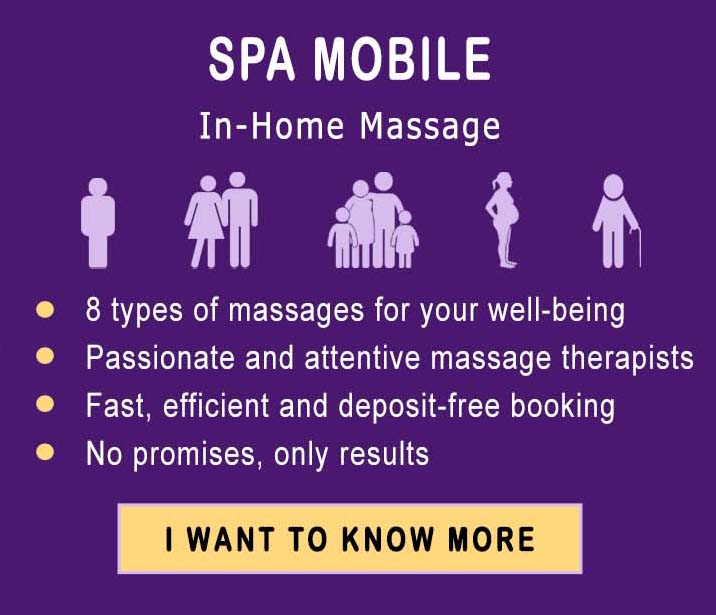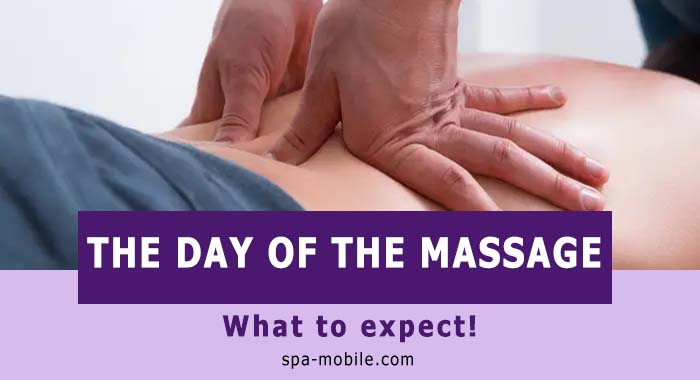In today’s fast-paced world, stress has become a common part of everyday life. Whether it’s work-related, family-related, or simply the result of being constantly connected to technology, stress can take a toll on our mental and physical health. In order to combat the negative effects of stress, it’s important to incorporate relaxation techniques into our daily routine. Here are nine simple relaxation techniques to help reduce stress.
1. Deep Breathing
Deep breathing is a simple yet highly effective relaxation technique that can help to calm the mind and body. To practice deep breathing, find a quiet place to sit or lie down. Close your eyes and take a slow, deep breath in through your nose, filling your lungs with air. Hold the breath for a few seconds, then slowly exhale through your mouth. Repeat this process several times, focusing on the rise and fall of your chest as you breathe.
2. Progressive Muscle Relaxation
Progressive muscle relaxation is a technique that involves tensing and then relaxing each muscle group in the body, starting from the toes and working your way up to the head. To practice progressive muscle relaxation, lie down in a comfortable position and focus on one muscle group at a time. Tense the muscles in that group for a few seconds, then release the tension and allow the muscles to relax. Continue this process with each muscle group until you have worked your way through the entire body.
3. Visualization
Visualization is a relaxation technique that involves imagining a peaceful and calming scene in your mind. This could be a beach, a forest, a mountain, or any other place that you find relaxing. Close your eyes and picture yourself in this scene, focusing on the sights, sounds, and sensations around you. Allow yourself to fully immerse in the experience and let go of any stress or tension that you may be feeling.
4. Guided Imagery
Guided imagery is a form of relaxation that involves listening to a recorded script or audio guide that helps you visualize a relaxing scene. There are many guided imagery recordings available online that can guide you through a relaxing journey, such as walking through a meadow, floating on a cloud, or drifting through a peaceful garden. Simply close your eyes, listen to the recording, and allow yourself to be transported to a place of relaxation and tranquility.
5. Yoga
Yoga is a mind-body practice that combines physical postures, breathing techniques, and meditation to promote relaxation and reduce stress. Practicing yoga on a regular basis can help to improve flexibility, build strength, and create a sense of calm and well-being. There are many different styles of yoga to choose from, including Hatha, Vinyasa, and Restorative. Find a class or online video that appeals to you and make yoga a part of your daily routine.
6. Meditation
Meditation is a relaxation technique that involves focusing the mind and calming the thoughts. There are many different types of meditation, including mindfulness meditation, loving-kindness meditation, and guided meditation. To practice meditation, find a quiet place to sit or lie down and close your eyes. Focus on your breath, a mantra, or a visual object, and allow your mind to become still and peaceful. Meditation can help to reduce stress, improve focus, and increase feelings of relaxation and well-being.
7. Nature Walks
Spending time in nature is a powerful way to reduce stress and promote relaxation. Take a break from your daily routine and go for a walk in a park, forest, or along the beach. Breathe in the fresh air, listen to the sounds of nature, and immerse yourself in the beauty of your surroundings. Connecting with nature can help to clear the mind, reduce anxiety, and increase feelings of calm and peace.
8. Aromatherapy
Aromatherapy is a relaxation technique that involves using essential oils to promote relaxation and reduce stress. There are many different essential oils that can help to calm the mind and body, such as lavender, chamomile, and eucalyptus. You can use essential oils in a diffuser, in a bath, or in a massage oil. Experiment with different scents and find one that resonates with you and helps you to feel relaxed and at ease.
9. Mindfulness
Mindfulness is a relaxation technique that involves paying attention to the present moment without judgment. By focusing on the here and now, you can let go of worries about the past and future and create a sense of peace and calm. There are many ways to practice mindfulness, such as mindful breathing, mindful eating, and mindful movement. Incorporate mindfulness into your daily routine and notice how it can help you to reduce stress and increase feelings of relaxation and well-being.
In conclusion, stress is a common part of modern life, but it doesn’t have to control us. By incorporating relaxation techniques into our daily routine, we can reduce stress, promote relaxation, and improve our overall health and well-being. Try incorporating some of these simple relaxation techniques into your day and notice how they can help you to feel more calm, centered, and at ease. Remember, relaxation is a skill that can be cultivated and developed over time, so be patient with yourself and enjoy the journey to a more relaxed and stress-free life.





